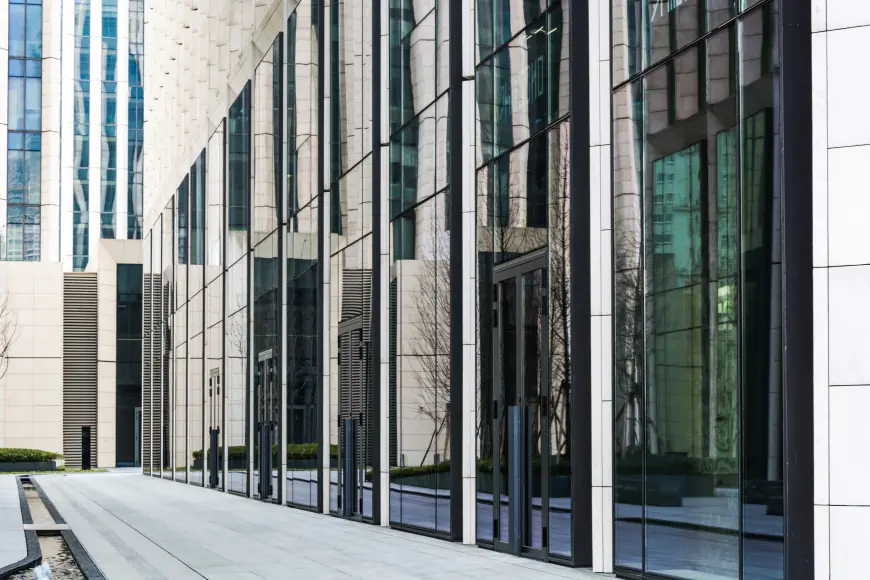How Aluminium Building Envelopes Transformed Our Commercial Project
Aluminium Building Envelopes changed our project with style, strength, and sustainability—making BES the partner of choice.

In the world of modern construction, materials play a defining role in shaping both function and style. One material, in particular, has been at the center of architectural transformation: Aluminium Building Envelopes. When we started planning our recent commercial project, efficiency, durability, and aesthetics topped the list of priorities. The choice of envelope system made all the difference.
The Turning Point in Design
At the start, our project vision demanded a façade that wasn’t just about covering the structure but also about creating a statement. Traditional options like brick and concrete gave us reliability, but they lacked flexibility in design. Steel promised strength but came with weight and maintenance challenges.
That’s where Aluminium Building Envelopes stood out. They offered a combination of lightness, strength, and design freedom that few materials could match. Their versatility allowed us to experiment with bold lines, clean finishes, and contemporary looks—without sacrificing practicality.
Why Aluminium Was the Game-Changer
1. Aesthetic Appeal
One of the biggest advantages of aluminium is its adaptability to design concepts. The façade of a commercial building often sets the first impression, and we needed it to reflect innovation. Aluminium panels provided sleek, modern finishes, making the building appear cutting-edge while still professional.
2. Durability in All Conditions
Commercial projects are built to last decades. Weather resistance was critical, especially for a structure exposed to varied climatic conditions. Aluminium Building Envelopes resist corrosion, maintain their finish for years, and require far less upkeep than most other materials.
3. Sustainability Factor
Aluminium is infinitely recyclable without losing quality, which directly supports sustainable construction practices. For our project, incorporating recyclable materials aligned with both environmental standards and long-term cost savings.
4. Lightweight but Strong
Compared to heavier façade materials, aluminium reduced the load on the structural framework. This not only minimized construction costs but also allowed us to explore architectural forms that would have been structurally challenging with bulkier materials.
Real Impact on the Project
Once implemented, the change was visible almost immediately. The streamlined panels gave the building a uniform, polished finish. Natural light was maximized thanks to smart envelope integration with glass, while thermal efficiency improved the building’s energy performance.
Clients and visitors often point out the modern look of the façade before stepping inside. From a functional perspective, maintenance teams appreciate the ease of cleaning and the reduced need for constant touch-ups. What initially seemed like a design decision ended up boosting long-term value, lowering operational costs, and enhancing sustainability credentials.
Lessons Learned from the Transformation
-
Material selection shapes more than design. It affects cost, sustainability, and long-term building performance.
-
Flexibility matters. Aluminium gave us freedom to design creatively without engineering roadblocks.
-
Durability pays off. By minimizing future maintenance costs, the upfront investment continues to prove worthwhile.
Why We Trust the Experts
Projects of this scale demand not just the right material but also the right guidance. Working with experts in Aluminium façade systems ensured we avoided common pitfalls. Every detail—from panel thickness to finish choice—was optimized for performance and aesthetics.
That’s where partnering with BES proved invaluable. Their deep understanding of Aluminium Building Envelopes and ability to deliver tailored solutions played a big role in the success of our project
What's Your Reaction?
 Like
0
Like
0
 Dislike
0
Dislike
0
 Love
0
Love
0
 Funny
0
Funny
0
 Angry
0
Angry
0
 Sad
0
Sad
0
 Wow
0
Wow
0

















































